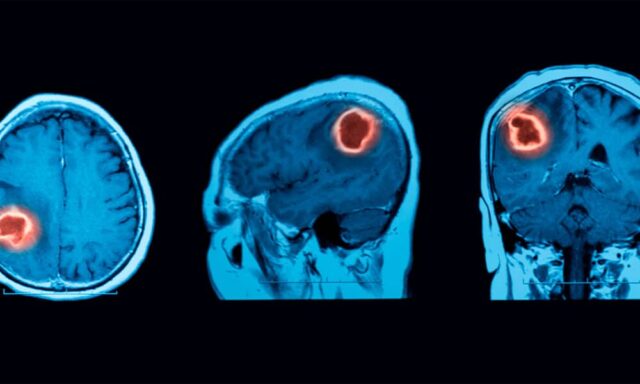The blood-brain barrier, a microscopic structure that protects the brain from most drugs, has been a major obstacle in the treatment of this type of cancer. However, a team of researchers at Northwestern Medical School has for the first time succeeded in opening the blood-brain barrier using an ultrasound machine to allow more powerful chemotherapy to reach the brain and treat the tumor.
The researchers implanted an ultrasound device in the patients that uses microbubbles to open the blood-brain barrier and permeate critical parts of the brain so that intravenous chemotherapy can penetrate. The procedure, which takes just a few minutes, was performed on awaken patients and they were allowed to go home in just a few hours.
The treatment was “safe” and was “well tolerated” by the patients, some of whom underwent up to 6 sessions, according to the trial results. In addition, thanks to the opening of the blood-brain barrier, the patients received 4 to 6times higher concentrations of chemotherapy in their brains.

A highly deadly type of brain tumor
Glioblastoma is a highly fatal type of brain tumor that is difficult to treat because of the blood-brain barrier, which protects the brain from drugs. The drug currently used against glioblastomas, temozolomide, can cross the barrier, but has weak effects. The difficulty in crossing the blood-brain barrier has greatly limited the armamentarium available to fight brain tumors.
Scientists at Northwestern University have discovered that 30 to 60 minutes after undergoing the process, the blood-brain barrier closes again, which will allow the sequence of delivery and activation of ultrasound to be optimized. Principal investigator and professor at the university’s Feinberg School of Medicine, Adam Sonabend, called the achievement “a potentially huge advance for glioblastoma patients”.
The use of ultrasound allows the barrier to open and close again within 1 hour, providing “a time window after sonication in which the brain is permeable to drugs circulating in the bloodstream”, according to Sonabend. The results of this study could revolutionize the treatment of glioblastoma and lay the foundation for future research in the fight against other brain diseases.

